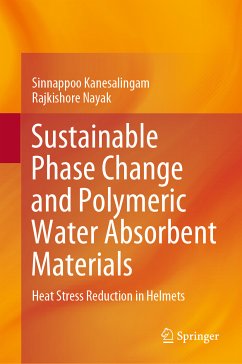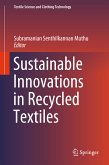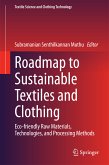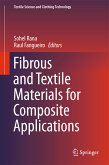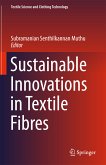This book highlights novel applications of innovative fabrics in the design of an interlayer between the scalp and the helmet lining of motorcycle helmets to control the temperature inside the helmet. It examines various fibre microstructure configurations and fibre treatments in terms of their ability to assist in the dissipation of heat from the scalp. The findings presented here will be of considerable benefit to motorcyclists in South East Asia and other tropical regions.
Dieser Download kann aus rechtlichen Gründen nur mit Rechnungsadresse in A, B, BG, CY, CZ, D, DK, EW, E, FIN, F, GR, HR, H, IRL, I, LT, L, LR, M, NL, PL, P, R, S, SLO, SK ausgeliefert werden.

